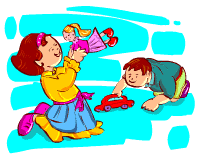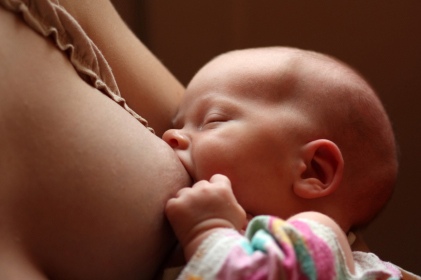
Gender Stereotyping in Ads [Illustration By Shinod AP]
In an age when women have entered and excelled in practically every male domain, the media continues to push through images of women as dependent and emotional caregivers whose activities are restricted to cooking up meals for the working husband, looking after the children, and exulting on the wondrous qualities of the latest dishwashing soap in town.
Most advertisers argue that they are simply mirroring social realities and that gender-bending is not among them. But the fact remains that media images that bolster gender stereotypes do have some impact on the self perceptions of a child vis-a-vis society.
These conventional gender role models are further reinforced by social rewards and punishments.
Representation of gender roles in television advertisements that beam these messages 24 hours a day, are particularly potent vehicles for conveying these stereotypes.
The “dream girl” continues to be a favourite of many advertisers. For instance, in a soap ad a girl watches her mother using the soap and thinks ‘I want to be as beautiful as mummy’. This reinforces society’s image of the ideal woman as being beautiful, and links feminity with beauty.
Conversely, in advertisements for energy drinks and health tonics, you will find boys engaged in some strenuous physical activity.
Women are almost always shown as housewives shopping for groceries, caring for children or cooking in the kitchen. They act as representatives for domestic consumer products, becoming excited over the cleaning qualities of a detergent powder or the energy-giving qualities of a tonic.
The common topics of conversation in commercials for women involve beauty products, hygiene and recipes. The recurring images are of men engaged in physical labour and women as admiring onlookers. Men are usually shown as bread winners whose wives are preparing exotic dinner for them when they return from office.
It is widely accepted that what children see on television can and sometimes does influence their attitudes and behaviour in the area of gender.
There is no shortage of positive role models around children. But such stereotypical images of men and women in the media, especially television, only serve to block a child’s perspective regarding the depth of qualities that women and men exhibit in their lives. Perhaps it’s time the media woke up to this fact.










